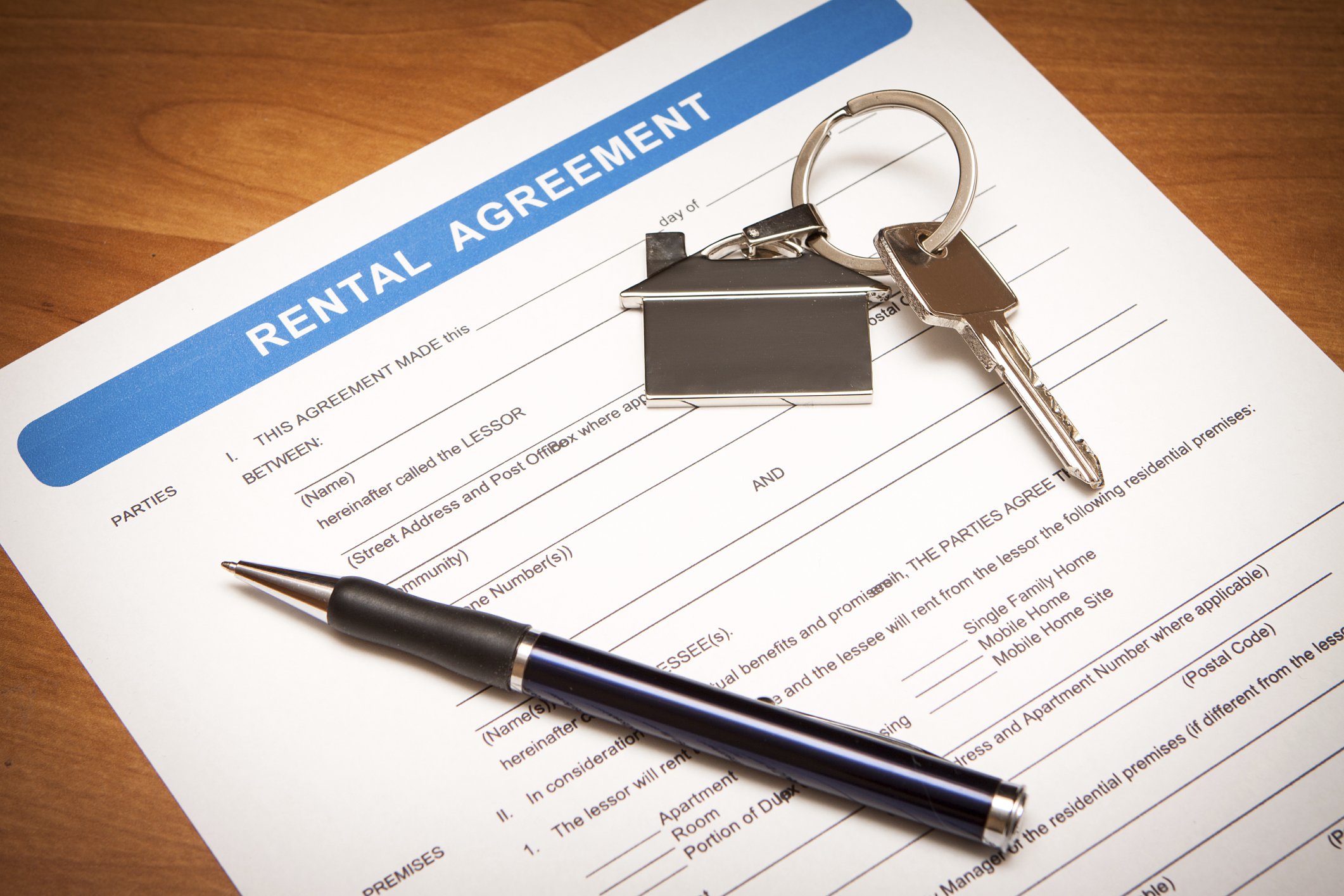TENANT STAR Still Only a Bill
The TENANT STAR legislation that passed the U.S. House of Representatives last March in strongly bipartisan fashion was signed by President Obama on April 30th.

TENANT STAR is a tidy solution for a pair of perennial problems—how to encourage tenants to moderate their energy use when building owners are paying for the utilities, and how to encourage building owners to invest in energy efficiency upgrades when tenants are paying for the utilities.
WegoWise announced that their regression model of monthly utility data from over 3,000 multifamily and affordable housing buildings across Massachusetts revealed that annual utility costs for buildings with owner-paid bills are 20 percent higher than tenant-paid bills.TENANT STAR could help provide incentives for building owners and tenants to work together to save energy regardless of who is paying the utility bill.
This is how it would work. Modelling the TENANT STAR initiative after the highly successful ENERGY STAR program, the Environmental Protection Agency would revise the Commercial Buildings Energy Consumption Survey (CBECS) to begin collecting more detailed information on building occupancy. The EPA would then use the data to develop occupancy-based standards for recognizing energy efficiency achievements by both building owners and tenants. By empowering both of these stakeholder groups with energy data, and by providing a way for them to achieve public recognition for energy efficiency improvements (the TENANT STAR), the new program would help tenants and building owners to work together to achieve energy savings.
ENERGY STAR has already proven that the building certification concept works. TENANT STAR is a logical step toward giving more energy stakeholders the opportunity to prove how creative they can be in pursuing energy efficiency. Why not encourage your tenants, landlord or property manager to get involved?
{{cta(’67c41762-cb51-45ca-b4aa-ed7197bbccf8′)}}
 Best-in-class portfolio-level energy and utility bill data management and reporting.
Best-in-class portfolio-level energy and utility bill data management and reporting.
 Real-time energy and sustainability analytics for high-performance, net-zero buildings.
Real-time energy and sustainability analytics for high-performance, net-zero buildings.
 A holistic view of financial-grade scope 1, 2, and 3 carbon emissions data across your entire business.
A holistic view of financial-grade scope 1, 2, and 3 carbon emissions data across your entire business.
 Energy and sustainability benchmarking compliance software designed for utilities.
Energy and sustainability benchmarking compliance software designed for utilities.



